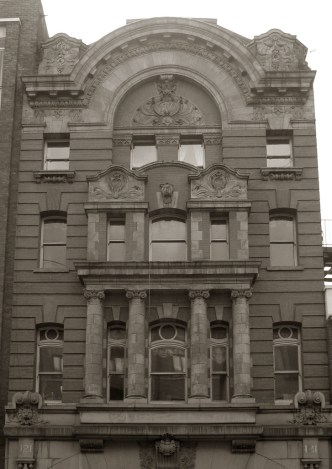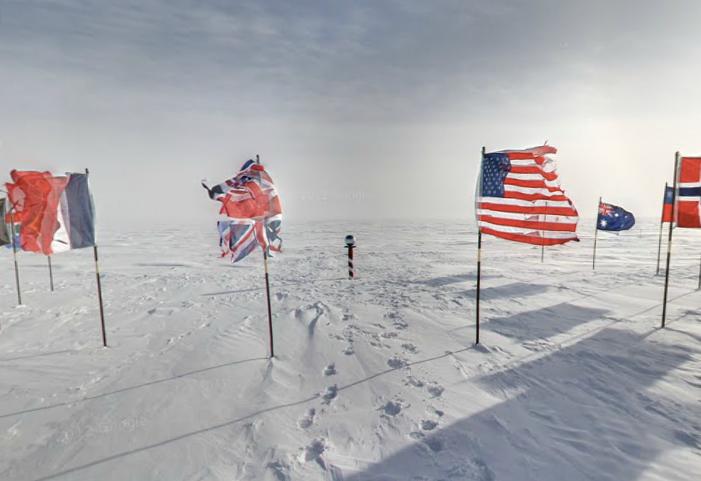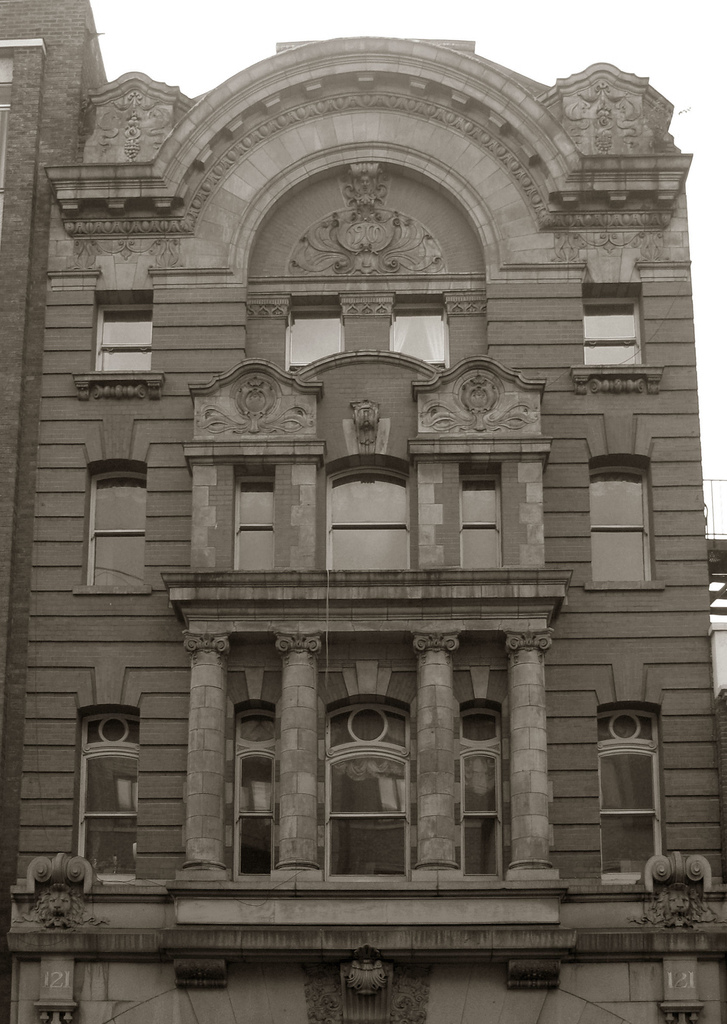
The remains of Necropolis Station. (Photo by Yersinia pestis.)
Back in mid-19th century England, public transportation was popular enough that even dead people had their own railway. P. D. Smith writes:
The London Necropolis Railway station was constructed by the London Necropolis & National Mausoleum Company, specifically to serve their Brookwood Cemetery, 25 miles away in Woking, Surrey. The Company’s logo was, somewhat ghoulishly, a skull and crossbones.
The railway transported the deceased, in their coffins, to the cemetery, as well as some living people — the mourners headed to the cemetery for the funeral. In the late 19th century, the train ran every day, a “daily funeral express.” Public transportation was popular enough across all strata of society that the train had different cars and different entrances for different groups of people, Smith says:
In class-conscious Britain, even funeral trains were divided according to class, and this applied to both the living and the dead passengers — although of course these only needed a one-way ticket. Indeed, the trains had carriages reserved for different classes (First, Second and Third) as well as for Anglicans or Nonconformists. At Brookwood there were even two stations, one for Anglicans and the other for Nonconformists. Each station was also provided with its own licensed bar. The divisions in Victorian society lasted up to the very edge of the grave.
World War II bombing destroyed most of the station, but the facade of one entrance still stands, a ghost of a ghost train station. Can we please get Neil Gaiman to write a book about this?



